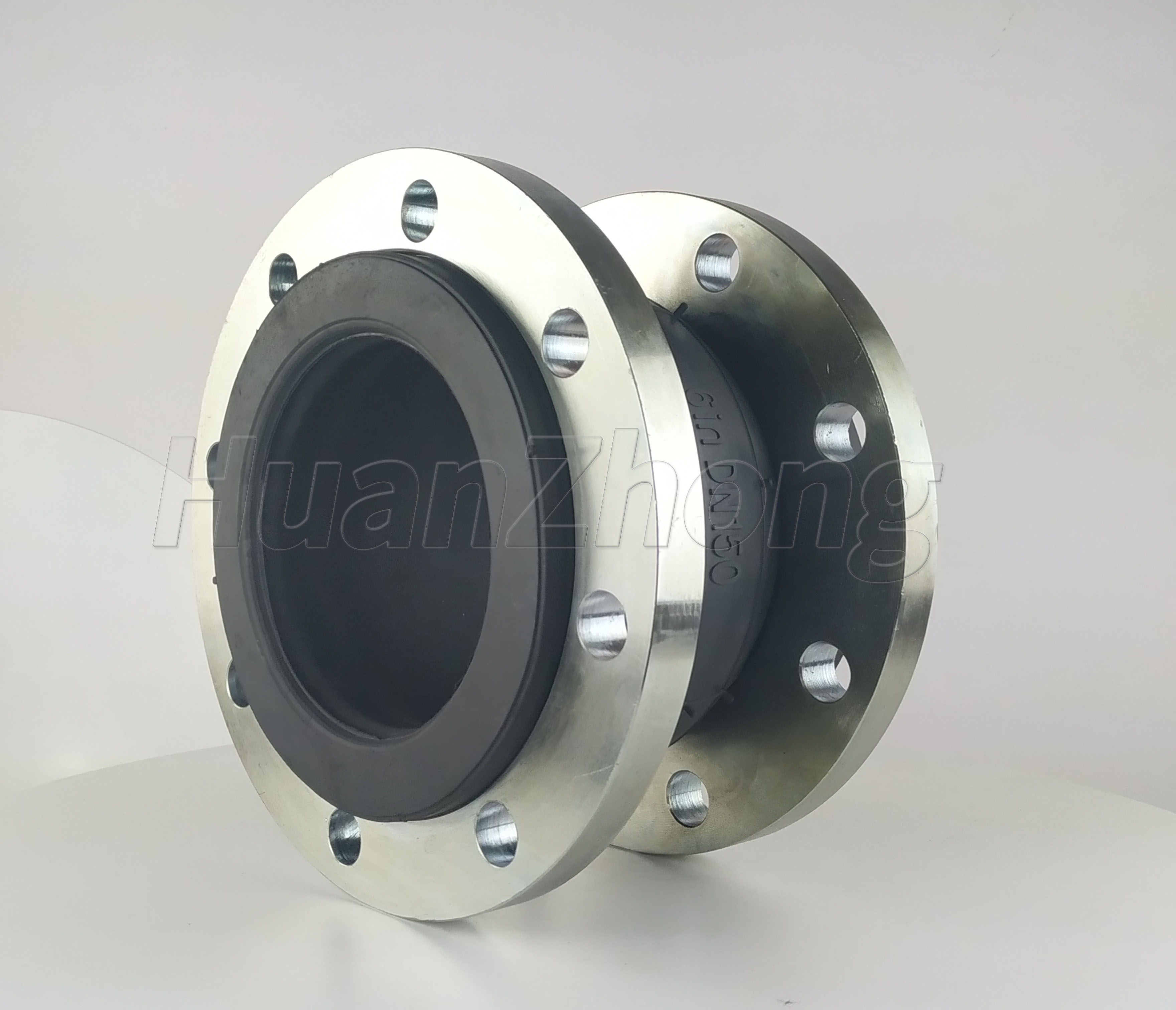How Effective Is Lime Water Desulfurization Rubber Flexible Joint?
How Effective Is Lime Water Desulfurization Rubber Flexible Joint?
Lime water desulfurization is a commonly employed method for removing sulfur dioxide (SO2) from flue gases. It involves the use of lime (calcium oxide or calcium hydroxide) to react with the acidic sulfur dioxide gas, forming calcium sulfite or calcium sulfate, which can be easily removed from the flue gas stream. Rubber flexible joints are commonly used in piping systems to absorb vibrations, compensate for movement, and reduce noise. Let's discuss the effectiveness of lime water desulfurization and how it relates to rubber flexible joints.
Lime Water Desulfurization: Lime water desulfurization has been extensively used for decades to mitigate SO2 emissions from industries such as power plants, refineries, incinerators, and other sulfur-emitting processes. It is considered an effective and reliable method for reducing sulfur emissions, contributing to improved air quality and reduced environmental and health impacts. Lime water desulfurization systems can achieve high removal efficiencies, typically exceeding 90% for SO2 removal. However, the actual performance depends on several factors, including flue gas composition, temperature, residence time, and the efficiency of the overall system design.
Rubber Flexible Joints: Rubber flexible joints serve as critical components in piping systems, allowing for movement, absorption of vibrations, and compensation for thermal expansion and contraction. In lime water desulfurization systems, using rubber flexible joints can help mitigate stress and strain on the piping network, ensuring proper operation and longevity. These joints provide flexibility, allowing for movement induced by temperature changes, mechanical stress, or external forces, such as vibration or seismic activity.
The effectiveness of rubber flexible joints in a lime water desulfurization system is more related to their role in maintaining the structural integrity and reliability of the piping network. They help absorb vibrations and movements, preventing stress concentrations and potential damage to the pipeline. This, in turn, ensures the proper functioning of the system and reduces the risk of leaks or failures.
Synergy between Lime Water Desulfurization and Rubber Flexible Joints: While lime water desulfurization and rubber flexible joints serve different purposes within a flue gas system, they can work together effectively. Lime water desulfurization focuses on removing sulfur dioxide from the flue gas, while rubber flexible joints address the mechanical aspects of the piping system. By implementing both technologies, the overall system performance is optimized.
The lime water desulfurization process can generate some by-products such as calcium sulfite or calcium sulfate sludge, which might result in increased pipe vibration and movement due to their accumulation. Rubber flexible joints play a crucial role in compensating for these movements and reducing the stress on the piping system.
The effectiveness of a lime water desulfurization system, including rubber flexible joints, ultimately depends on proper design, installation, and maintenance. It is essential to follow industry standards and manufacturer's guidelines for the selection and installation of rubber flexible joints to ensure they perform optimally and enhance the reliability of the system.
In conclusion, lime water desulfurization is an effective method for reducing SO2 emissions, while rubber flexible joints play a vital role in maintaining the integrity and performance of the piping system. When implemented correctly, both technologies contribute to the efficient operation and environmental sustainability of industrial processes.
